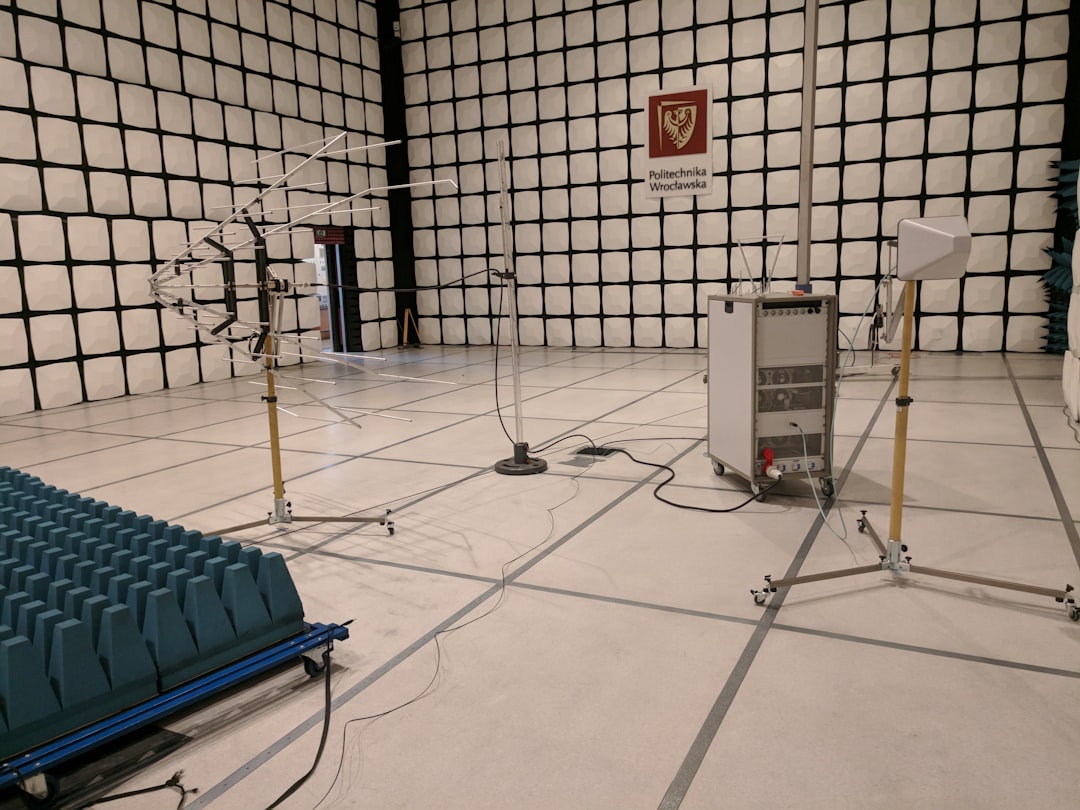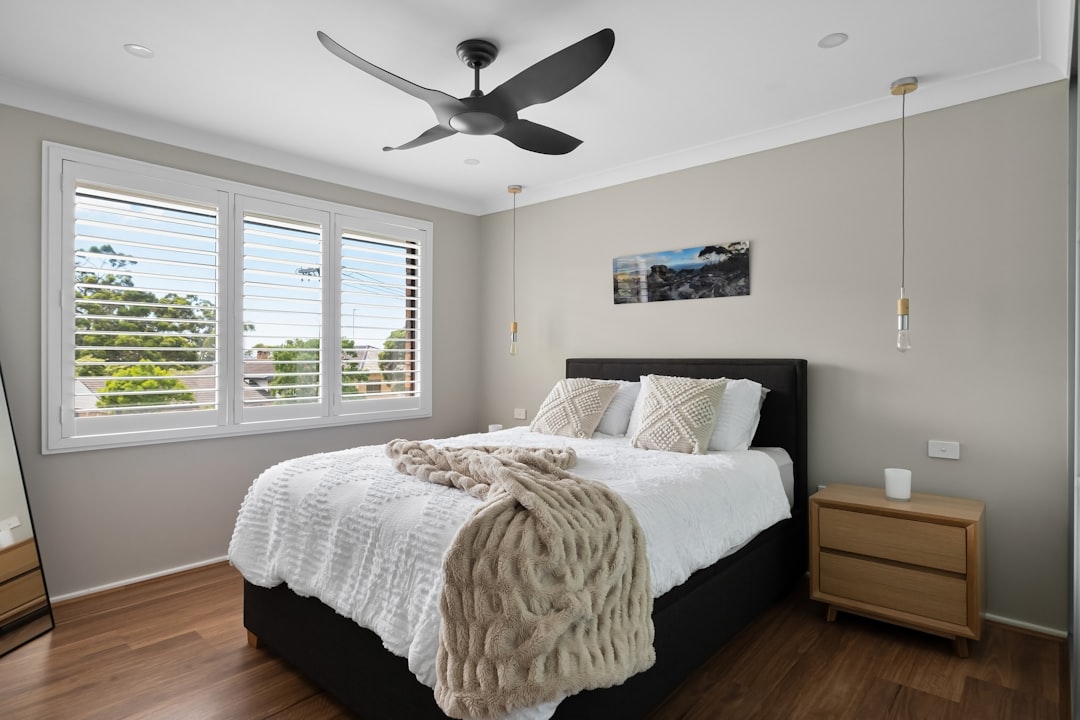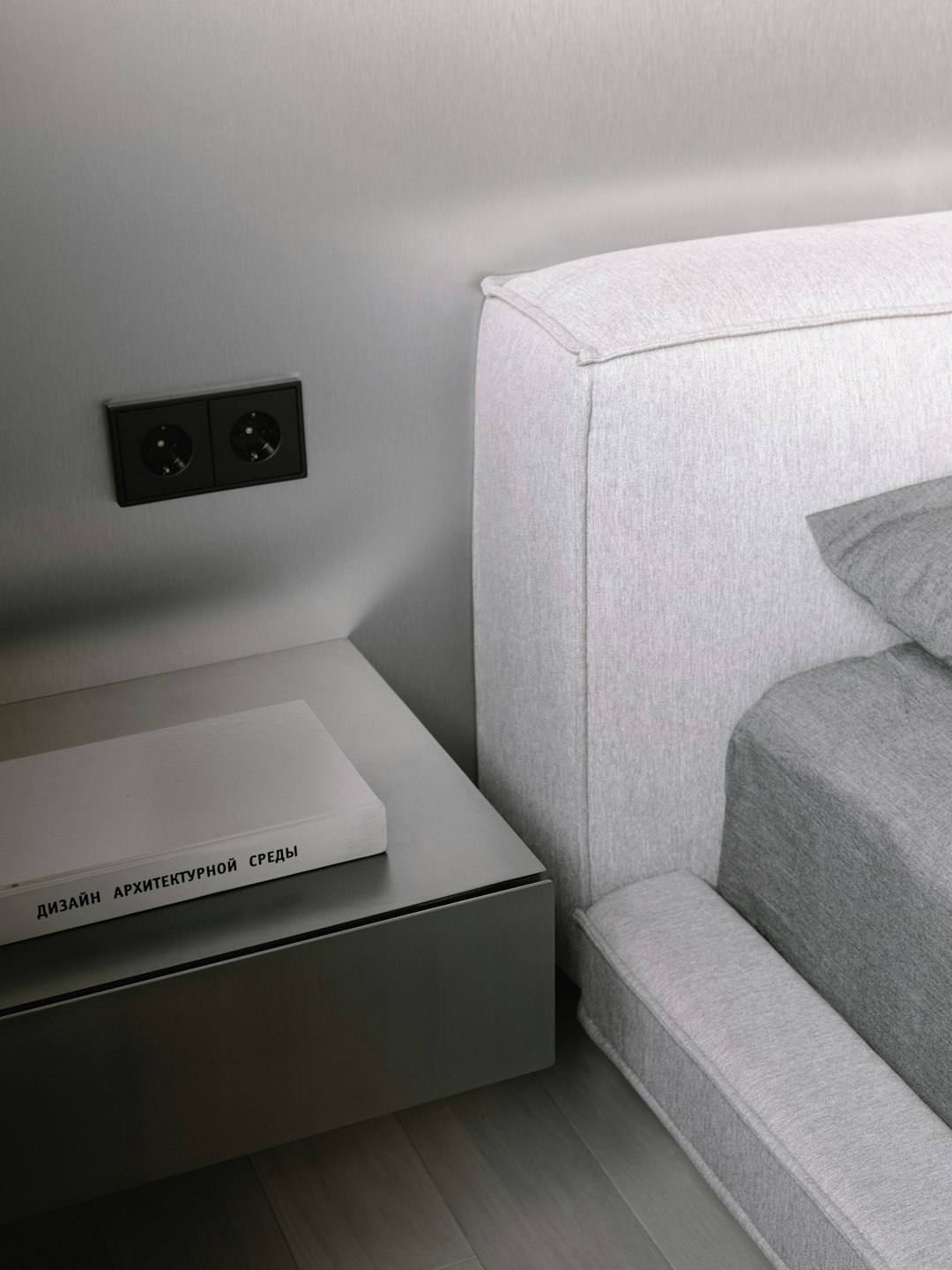Robot vacuums have quickly evolved from experimental household gadgets to essential tools for home automation. As their popularity increases, so does the complexity of their internal technologies—particularly the systems behind how they navigate. Understanding the different navigation types employed by robot vacuums is crucial if you’re considering investing in one. In this article, we will explore the major navigation technologies, how they work, and what their strengths and weaknesses are, helping you make a more informed choice.
Why Navigation Matters in Robot Vacuums
The fundamental purpose of navigation in robot vacuums is to allow the device to efficiently map, clean, and maneuver around obstacles in a home. A vacuum’s ability to thoroughly clean a space without getting stuck or repeating areas comes down to how advanced its internal navigation system is.
There are generally four main types of navigation systems found in robot vacuums:
- Random Bounce Navigation
- Infrared/Optical Sensor Navigation
- Camera-Based Visual Navigation
- LIDAR Mapping
Each system has its pros and cons depending on your home environment, furniture layout, lighting conditions, and of course—budget.
1. Random Bounce Navigation
This is the most basic and dated form of robot vacuum navigation. Common in lower-end models, such as early generations of robots or budget-friendly units, random bounce navigation involves the vacuum moving in seemingly arbitrary directions. When it hits an obstacle, it simply redirects and continues on a new path.
How it works:
These vacuums rely on mechanical bump sensors that detect when the vacuum encounters an obstacle. Upon contact, the vacuum adjusts its direction and continues cleaning. The cleaning path ends up being chaotic but may eventually cover most of the area through sheer persistence.
Pros:
- Simple and inexpensive
- Less prone to software issues
Cons:
- Inefficient cleaning path
- Higher chances of missing spots or cleaning the same area multiple times
- No mapping capability
These basic navigation vacuums are best for small spaces or homes without many obstacles.
2. Infrared and Optical Sensor Navigation
Moving a step forward, robot vacuums equipped with infrared or optical sensors use light signals to detect objects and walls. These sensors allow the vacuum to moderately understand its surroundings and navigate in a slightly more intelligent pattern than random bounce models.
How it works:
Infrared sensors emit light signals, which reflect off objects and walls back to the vacuum to help it approximate distances. Some advanced models also integrate optical sensors that recognize environmental cues (such as stairs or dark-colored furniture) more accurately.

Pros:
- Improved obstacle avoidance
- Can recognize cliffs and stairs to avoid falling
Cons:
- Still lacks full-room mapping
- May struggle in low-light environments
Vacuums with these sensors are suitable for medium-sized homes where some spatial awareness is desired, but mapping is not a necessity.
3. Camera-Based Visual Navigation
Visual navigation represents a significant shift toward smarter cleaning. In this system, cameras mounted on the vacuum capture images of the ceiling, walls, and surroundings to create a real-time map of the area being cleaned.
How it works:
The camera software processes captured images to create a “visual SLAM” (Simultaneous Localization and Mapping) model. This model allows the vacuum to know which parts of the room have already been cleaned and where to go next.
Pros:
- Creates effective cleaning paths
- Capable of multi-room mapping
- Allows for customizable cleaning zones via app
Cons:
- Requires adequate lighting to function correctly
- Privacy concerns, as images are captured inside your home

Camera-based navigation is ideal for tech-savvy users who want smart home integration, scheduled cleaning, and advanced mapping features.
4. LIDAR Mapping (Laser Navigation)
LIDAR, short for Light Detection and Ranging, is currently the most advanced navigation method in consumer-grade robot vacuums. It offers high precision in mapping and navigation by using rotating laser sensors to scan the environment in 360 degrees.
How it works:
By emitting lasers and measuring how long it takes for each laser beam to reflect off a surface and return, the system builds a highly accurate 2D or even 3D map of the cleaning area. This map can be used for real-time route planning, obstacle avoidance, and room-specific cleaning.
Pros:
- Highly accurate and efficient mapping
- Works well in complete darkness
- Supports advanced scheduling and zoning
Cons:
- Typically more expensive
- Slightly bulkier designs to accommodate laser module
LIDAR-equipped vacuums are particularly suited for large homes, multi-floor layouts, and environments with lots of furniture.
Additional Navigation Features and Considerations
Aside from core navigation methods, modern robot vacuums often include a suite of extra features that enhance usability:
- Room Recognition: Ability to differentiate between rooms using maps
- No-Go Zones: Virtual barriers that prevent entry to specific areas
- Multi-Floor Mapping: Saves separate maps for different stories of your home
- Obstacle Identification: Identifies and avoids obstacles like pet waste or wires
- Return-to-Charge: Returns to docking station automatically when the battery is low
Combining high-end navigation systems with these intelligent features can dramatically improve both cleaning performance and user convenience.
Choosing the Right Navigation System for Your Needs
Here’s a brief summary of which navigation system might be best based on home and user type:
- Budget-conscious buyers: Random bounce or basic sensor navigation
- Small to medium apartments: Sensor or camera-based navigation
- Large homes with multiple rooms or floors: LIDAR-based systems
- Tech enthusiasts: Advanced camera or LIDAR systems with app integration and smart features

Conclusion
Understanding the different types of robot vacuum navigation can help you make a smarter purchase. While a random bounce vacuum might suffice for low-traffic areas or sporadic use, modern homes with more complex layouts will benefit significantly from LIDAR or camera-based systems. As technology progresses, we can expect even more intelligent and efficient solutions in robotic cleaning—but for now, being informed is your best tool for making the right choice.



